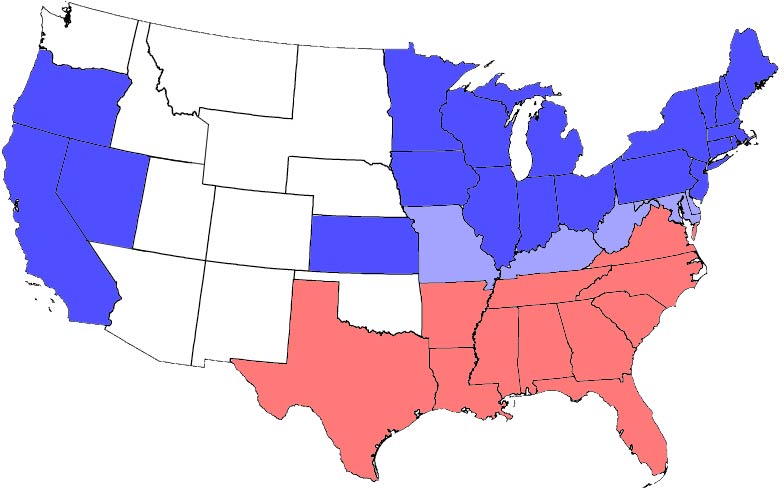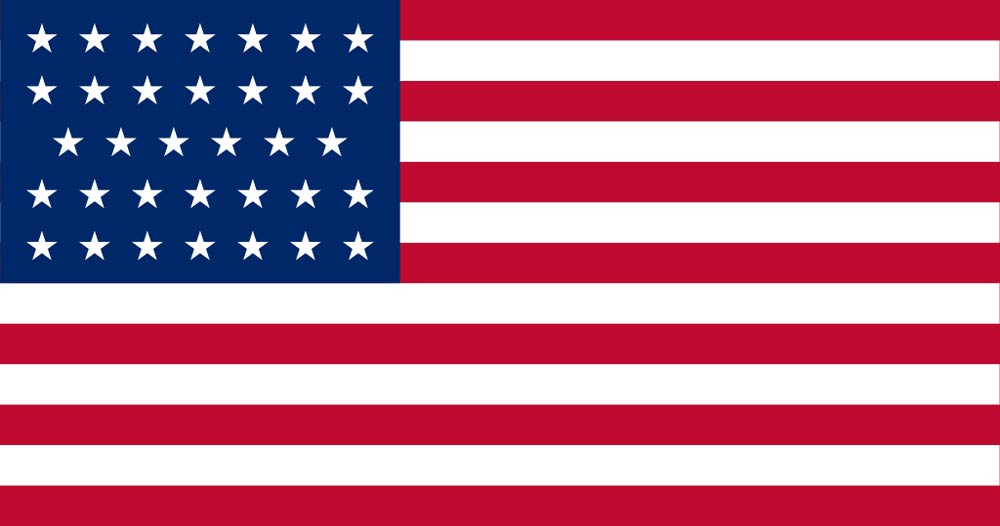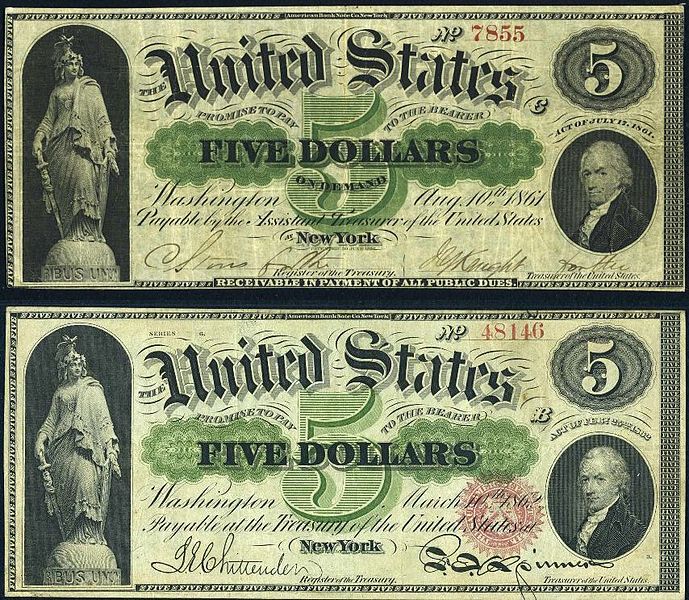 Just about every grade school student in America perhaps will recognize the term “Union” as it relates to the American Civil War — knowing that it describes that side which represented “the North,” the “real” or “legitimate” government of the United States.
Just about every grade school student in America perhaps will recognize the term “Union” as it relates to the American Civil War — knowing that it describes that side which represented “the North,” the “real” or “legitimate” government of the United States.
The Union faced off against the Confederate States of America, which represented the South. The Confederacy was never recognized as a unique, autonomous or legitimate independent nation by any other nation in the world. Only those who considered themselves citizens of the 11 states of the Confederacy thought of the South as an independent country while it lasted from 1861 to 1865.
Origins of the Term
The term Union for the North is taken from the Articles of Confederation and Perpetual Union, which was the document signed by the original 13 colonies after independence from Great Britain was declared in 1776. The U.S. Constitution also contains the term “Union” in the famous phrase, “… in order to form a more perfect Union …”
The Union consisted of 20 free states and was also supported by five border states, as opposed to 11 Confederate states which were “slave states,” meaning they wished to continue the policy of white people owning black people as property, or slaves.
The population of the Union was 23 million people as opposed to just 5 million people among the southern states. The northern states were also far more industrialized and urbanized than the South. The leader of the Union was, of course, President Abraham Lincoln. The Southern States chose Jefferson Davis as its President. Davis had been a U.S. Senator form Mississippi before resigning to lead the Confederacy.
Deep Division within the Union
 It’s important to remember that the Union itself was deeply divided on most issues which led to the split between North from the South, and the bitter war that followed.
It’s important to remember that the Union itself was deeply divided on most issues which led to the split between North from the South, and the bitter war that followed.
Not every “Northerner” supported abolishing slavery — far from it. There was a faction in the U.S. Congress known as the “Copperheads.” They were opposed to the war and called for an immediate settlement after war was declared. The Copperheads, belonging mostly to what was then the Democratic Party, did not want the South to secede from the North. They argued that the South should be allowed to remain slave states, and do so while remaining part of the U.S. as a whole nation.
Irish Catholics were also bitterly against the war declaration by the Union, and rioted in New York in protest. Although the situation is complex, the Irish Catholics feared that freeing black slaves would flood the north with cheap labor. Irish Catholics were generally at the bottom rung of society in 1860s America — not far above slave status themselves in their own minds — and thus they feared emancipated blacks would compete with Irish communities for jobs.
Advantages of the Union
The Union had many advantages over the South in the Civil War. We have already mentioned larger population and much greater level of industrialization, but it had other advantages as well. Perhaps most important advantage for the Union was its leader – President Abraham Lincoln.
Lincoln is widely recognized as a political genius. He was also a man of incredible charm and possessed a superior ability to organize, get others to focus and prioritize on what was most important. He was also powerfully decisive – he was not afraid to make tough, bold decisions when it was critical to do so.
By contrast, the Southern President was a far less effective leader. In fact, many historians rank Jefferson Davis as among the worst wartime leaders of the previous two centuries. He gave top military commands to friends and untalented cronies, and was incapable of formulating an effective military strategy. He was also poor at handling conflicts within his own administration.
Another advantage for the Union was a superior navy. This allowed the North to keep supplies flowing, including obtaining goods from overseas, while they also were able to effectively blockade a much smaller Confederate navy.
Added to all the above, the Industrial Revolution had already taken hold in the Union states. This provided the Union with a far superior ability to mass produce the weapons of war, including guns, ammunition and heavy artillery. Mining for the raw material of war, such as iron, copper, coal and gold was also far more developed in the Union states.
The Draft
One of the most contentious issues among the citizens of the Union was the draft. The draft law was implemented in 1863, and was extremely unpopular in many major cities, including New York. The result were historic draft riots. The draft was especially unpopular among Irish Catholics and certain enclaves of German immigrants. It was necessary for elements of the Union military to suppress riots in the streets of New York, which resulted in deaths and wide-scale destruction of property.
Paying for the War
 Bankrolling the Civil War required a huge infusion of cash, which meant that the Union was required to implement all-new kinds of taxations, most of which had never existed before. Much of this was in the form of tariffs on imported foreign goods, but it also meant that just about everything manufactured and sold in the Union States was tagged with an excise tax. The Union also raised considerable cash by selling government bonds directly to citizens. This was the first time that any member of the public could buy a bond directly from the government, and in relatively small dollar amounts.
Bankrolling the Civil War required a huge infusion of cash, which meant that the Union was required to implement all-new kinds of taxations, most of which had never existed before. Much of this was in the form of tariffs on imported foreign goods, but it also meant that just about everything manufactured and sold in the Union States was tagged with an excise tax. The Union also raised considerable cash by selling government bonds directly to citizens. This was the first time that any member of the public could buy a bond directly from the government, and in relatively small dollar amounts.
The Union’s ability to raise money through taxation was a critical advantage over the South. The latter was obligated to float its war debt mostly on credit. The Confederate government did this by printing money, but this currency had little to back it up.
An outcome of the Union’s effort to raise money for the war was the creation of a national banking system. This meant the removal of the ability of small banks to issue bank notes. A system of national banks also dramatically increased the Union’s ability to fund industrial expansion.
Finally, the Civil War resulted in the very first income tax collection in U.S. history. It was imposed only on wealthy citizens of the Union, and was repealed at the end of the war.
Fundamental Transformation
Thus, the long-term ramifications of the Civil War for the Union, and thus the entire United States, were extremely profound. The war not only fundamentally transformed American society in terms of culture – ending slavery, for example – but it also radically altered the monetary structure of the country, spurred industrial manufacturing, bolstered the military, and much, much more.